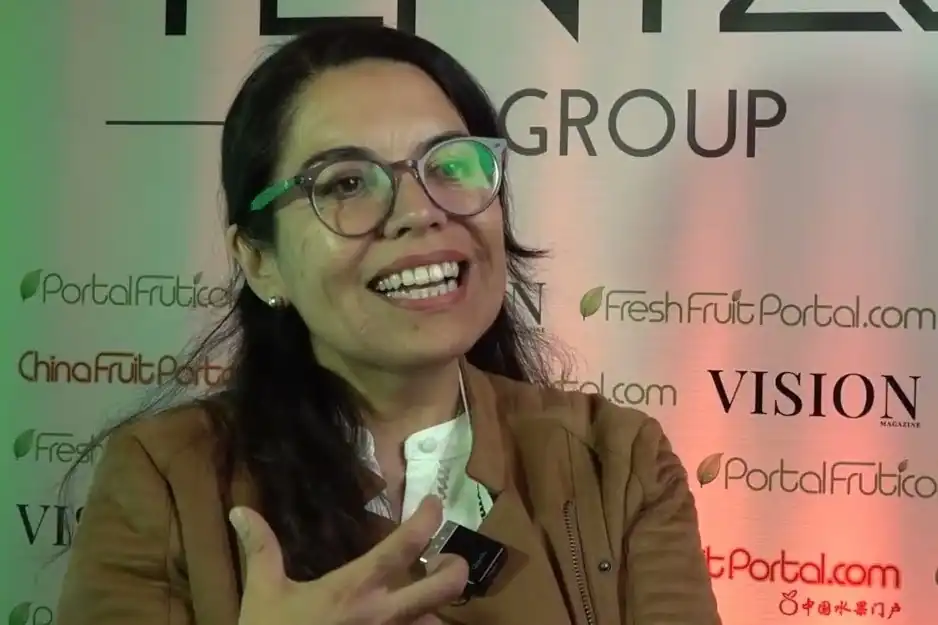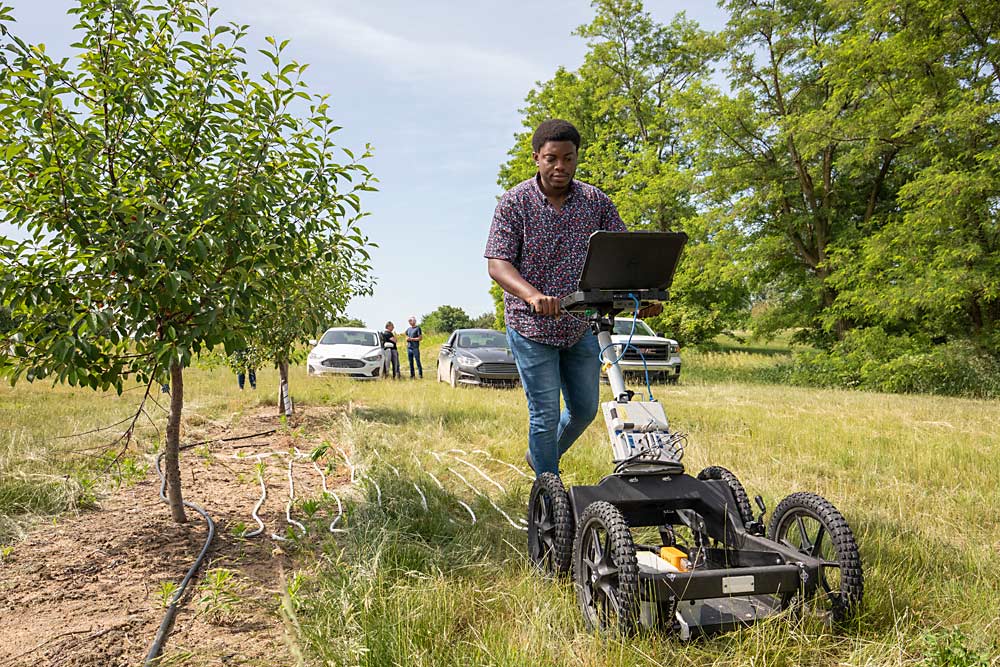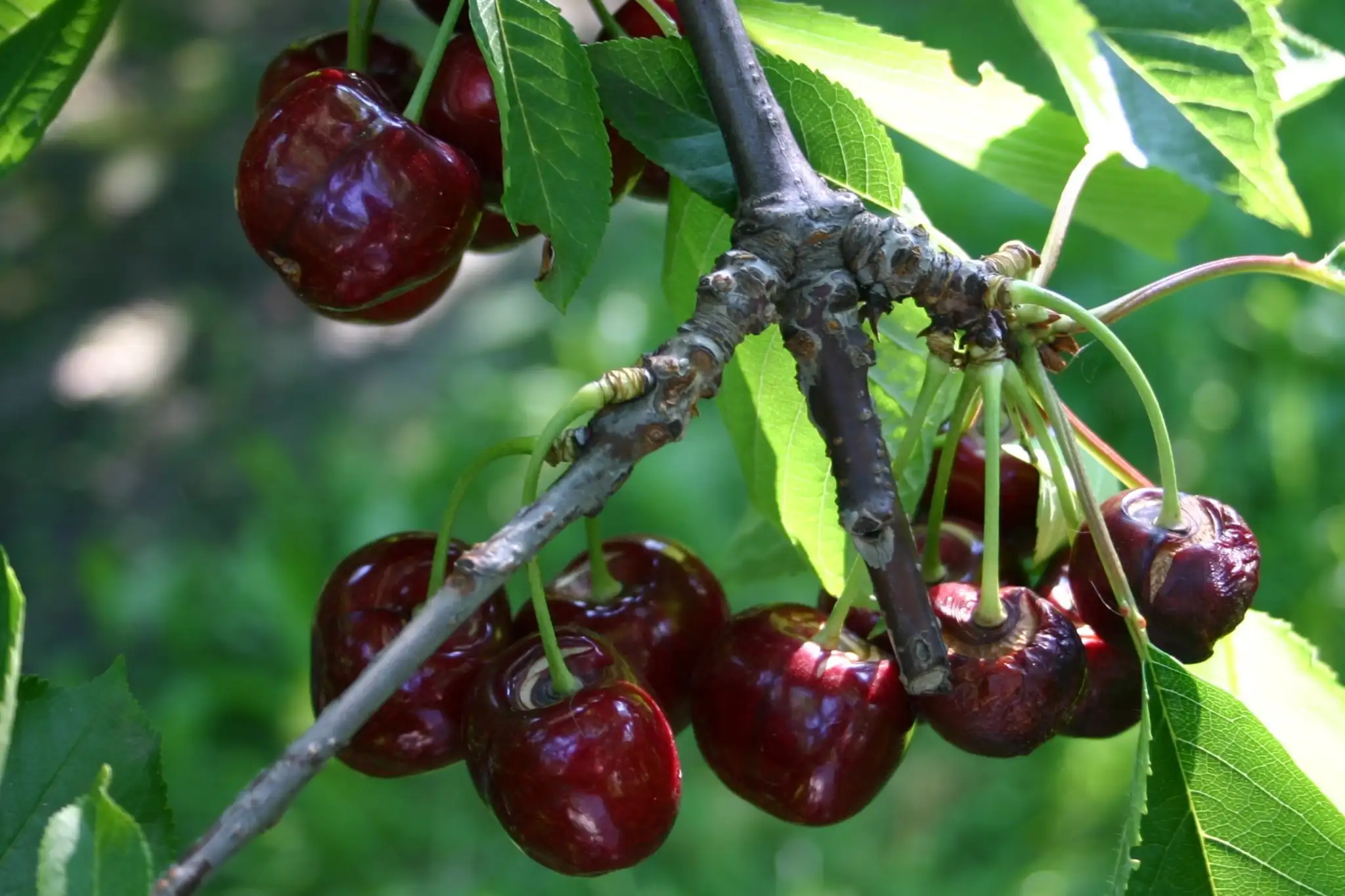During bloom, we usually observe bees and pollen, but it is the ovule’s lifespan – the most fragile element of the pollination effective period (PEP) – that often determines fruit set.
This article offers a practical framework to diagnose and manage ovule viability, with a focus on warm climate scenarios and evidence-based biostimulation strategies.
Fruit set is commonly attributed to pollen availability or bee activity. However, even with good pollen movement, fertilization may fail if the ovule is no longer viable before the pollen tube reaches the embryo sac (Figure 1).
In this critical window, ovule viability is the most fragile component of the effective pollination period (PEP), and it defines the real opportunity to obtain fruit (Sanzol & Herrero, 2001).
Understanding this helps anticipate losses, adjust bloom-time management decisions, and in some cases, use biostimulants to gain one or two critical days.

PEP: three gears and a bottleneck
The PEP is defined as the number of days during which pollination is effective for successful fertilization. It depends on the interaction between:
- stigma receptivity,
- pollen tube growth time from stigma to ovary,
- ovule longevity, i.e. the lifespan of the embryo sac (Figure 2).
If the ovule “expires” before the pollen tube arrives, no fertilization occurs despite correct pollination.
In apple trees, stigma receptivity of 6–9 days and pollen tube growth times of 5–7 days have been documented, while ovule longevity decreases around 8–10 days, narrowing the PEP to very short windows (Roeder et al., 2021).
In Prunus species (cherry, plum, almond), ovule viability declines rapidly and is highly sensitive to environmental conditions.
Therefore, the probability of successful fertilization depends less on “how much pollen arrives” and more on “when it arrives” relative to ovule lifespan.
There is a tight interaction between growing pollen tubes and the pistil. This relationship, regulated by the pistil’s support-restriction system, controls both the kinetics and direction of the pollen tube toward the ovule.
When the weather is warm during bloom, the ovule’s “clock” runs faster than the pollen tube: PEP shortens and fruit set suffers.
Temperature: the reproductive clock modulator
Temperature affects two PEP gears in opposite ways: it accelerates pollen tube growth, but shortens ovule viability.
Controlled and field studies show that high temperatures speed up pollen tubes but also hasten stigma and ovule senescence, reducing the PEP.
In contrast, cool temperatures prolong PEP but slow pollen tubes, which may then “arrive too late” or not reach the ovule at all.
This explains why warm seasons or regions, even with good bee activity, may still result in poor fruit set: the bottleneck is not pollination, but ovule lifespan.
Flower quality: the foundational potential
Although bloom-time temperature clearly influences PEP, it is surprising to observe that flowers under the same conditions can have very different performances.
This variability is thought to result mainly from “flower quality,” which affects both ovule longevity and stigma receptivity.
This quality is influenced by several factors such as:
- pre-bloom temperatures,
- tree age,
- nutritional status,
- type of fruiting branch,
- previous year’s crop load.
Pollen grain germination depends on pollen quality, environmental conditions (especially temperature), and stigma quality, which provides moisture, sugars, and nutrients for germination to begin.
After germination, the style supplies nutrients and signals for pollen tube growth, mediated by temperature.
In-bloom diagnosis: are ovules the cause of loss?
Risk indicators:
- Forecasts of maximum temperatures > 20 °C for 2–3 days during full bloom
- Varieties with naturally short PEP
- Poor overlap of bloom between pollinators or low bee density at critical times
- In Prunus, varieties with low ovule longevity
- Poor flower quality (e.g., high previous crop load, excessive vigor, nitrogen deficiencies)
Can ovule viability be biostimulated?
In-bloom biostimulation involves products that modulate reproductive physiology to improve fertilization and fruit set.
The goal is to reduce stigma deterioration, promote pollen tube growth, and extend ovule lifespan.
Evidence focuses on strategies that prolong flower longevity, especially useful in warm or stressful conditions.
Physiologically, ethylene accelerates pistil senescence; blocking its synthesis or action helps “buy time” before the embryo sac degenerates.
This hormonal model has been confirmed in fruit crops.
Specifically:
- AVG (aminoethoxyvinylglycine) inhibits ethylene synthesis.
- 1-MCP (1-methylcyclopropene) blocks ethylene action.
Both have been tested as tools to improve fruit set when ovule viability is the limiting factor.
Seaweed extracts (such as Ascophyllum nodosum, AN) show positive effects on heat tolerance and sometimes fruit set, even through indirect mechanisms (anti-stress, metabolism, micronutrient supply).
Local studies on AN extracts applied to cherry trees during full bloom showed improved yield and fruit size, attributed to better fruit set and improved plant condition.
Other studies confirmed that AN at full bloom reduces ovule senescence.
Nutritionally, boron and calcium are essential for pollen germination, pollen tube growth, and cell wall function.
Boron applications under deficiency conditions have proven helpful, though they do not guarantee universal effects on fruit set.
It is therefore recommended to correct only confirmed deficiencies, avoiding “blind” treatments.
Key points
- Ovule viability defines the upper limit of the PEP.
- High temperatures speed up pollen tube growth but shorten ovule lifespan: temporal balance is essential.
- Flower quality is the foundation for a viable ovule.
- Reducing stress and inhibiting ethylene can prolong flower longevity.
Final note
Ovule viability decreases due to senescence and oxidative stress.
Heat accelerates this degradation: this is why “gaining a day” through accurate pollination management, ethylene control, or anti-stress strategies can make the difference between a fertilized ovule (and a retained fruit) and a lost flower.
Source: Redagricola
Image source: Cherry Tech
Karen Sagredo
Agricultural Engineering, PhD, University of Chile
Cherry Times - All rights reserved













